The best of The Adam Carolla Show (Feb. 2006) -- over 17.5 hours
By zanzibarbreeze 4 Comments

It's time for another podcast recap, and a little departure from gaming after our latest recaps for 1UP Yours and The HotSpot. I was happy to see that many listeners picked up The Adam Carolla Show after our release for the first month. We got a ton of feedback along the lines of, 'I didn't know about Adam before this, thank you for putting this together.' Very happy to see that, as I personally regard Adam as some sort of deity. Adam currently runs his own podcast, but he got his starts on radio -- at Loveline, which some older folks may remember, and then at his own radio show in 2006, which became extremely popular. Here are the best moments from that show, from its second month running.
Here's a run down of what happens in this 17 hour marathon (from the page on our blog):
Week 1
The social experiment involving a wallet, $100, and random passersby continues over from January. Meanwhile, Big Tad struggles to lose weight. A caller reminds Adam about ‘hobo power’, Adam’s made up unit of measurement for stink, and Adam resurrects the system with listener input. Dave worries that TiVo might have an agenda, and Rachel doesn’t know who Joe Montana is. Guests include John Madden, President Bush, Susie Essman, Busy Philipps, and Gary Busey, if he manages to make it into the studio.
Week 2
Dave has ascended to Cloud Nine – nay, Cloud Ten – as his Pittsburgh Steelers took the Super Bowl away from Seattle. Deaf Frat Guy is in studio, and the social experiment continues. Adam starts his new crusade: to get a classical music station running on airplanes, and makes some headway with a manager of a major airline. Then, the crew rail against horrible music, including ranchero, reggae, The Guess Who, Hall and Oates, Lenny Kravitz, The Eagles, and Prince.
Week 3
How much longer can Adam put up with passion fruit iced tea? Ozzie, Deaf Frat Guy, and republican Representative Richard Martin are in studio, each with their own extreme bents. It’s Valentine’s Day, and Adam shares his heartbreak story, involving finding a used prophylactic device in his then-girlfriend’s apartment. Then, David Alan Grier is in studio with Lisa Loeb. Also: Dave is getting married.
Week 4
We find out how Dave’s wedding went, and how the manager of the venue tried to pull a fast one on him at the last minute. Then, Adam debuts a new game: What Can’t Adam Complain About? Ted Nugent enters the studio and Ozzie unleashes his cover of Wango Tango on the world. Jeff Conaway also shows up, Deaf Frat Guy continues his hilarious showings, and Dave’s angry because everybody thinks Adam is better looking than him. Adam gives perhaps the best analysis of the psychology of religion ever delivered on radio.
Here's a direct link to Part 1, Part 2, Part 3, and Part 4 for those that haven't subscribed to the RSS feed. It's also a good idea to follow us on Twitter or friend us on Facebook where you'll get news and awesome quotes from podcasts. Like the fact that in 2007, Garnett Lee (from 1UP Yours) claimed there'd be a new Xbox console in 2008. Well, we can't all be right. Poor Garnett :)
So, right now I'm going through 1UP Yours 2007. That should be done very soon, as in a definite release in April, but I can't yet give a timeframe. As the year goes on, we all tend to get progressively busier. What else? Oh, we could use a few retweets on Twitter or similar media. Just a thought, if you like what we do. It's easy and instant and it helps get the word out. We've gotten thousands of downloads per episode, but I won't be happy until we crack the five figure mark for one of these. Still something of a way to go yet. Get it on!




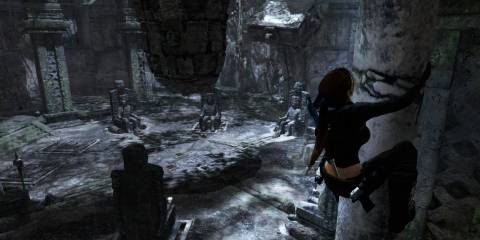
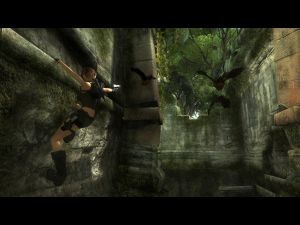
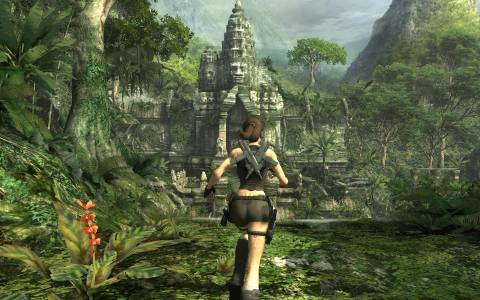
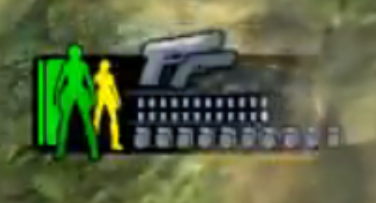
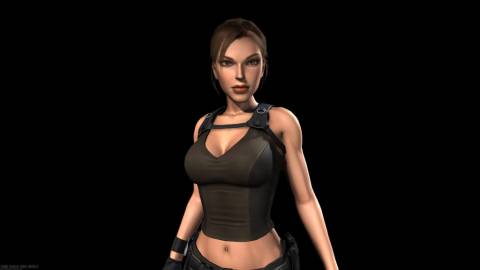
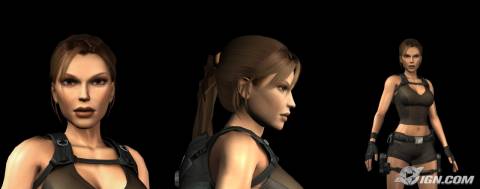

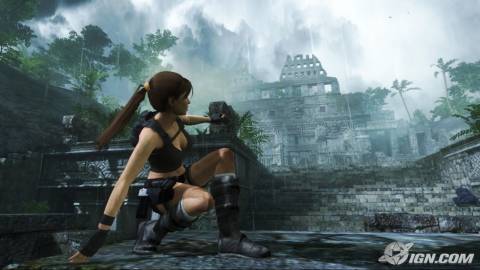
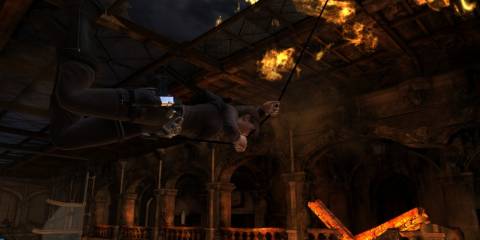
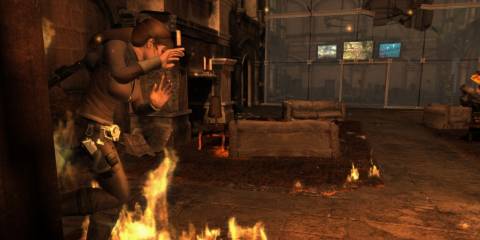

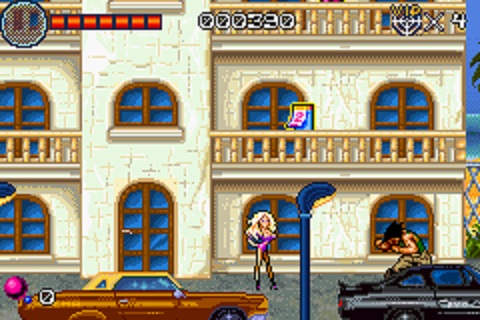
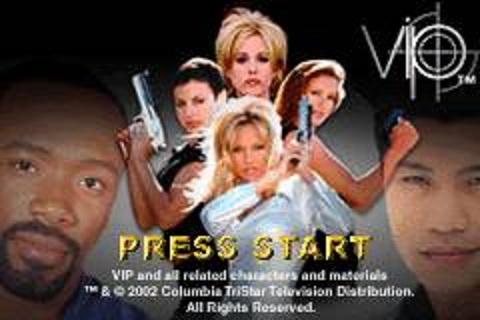
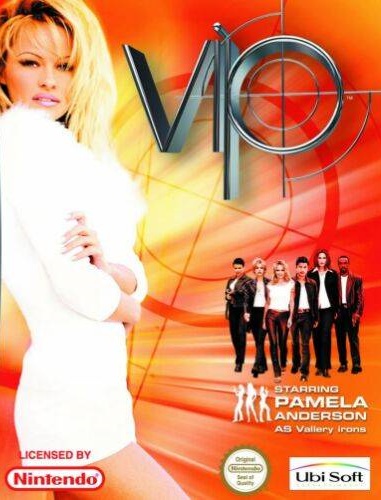
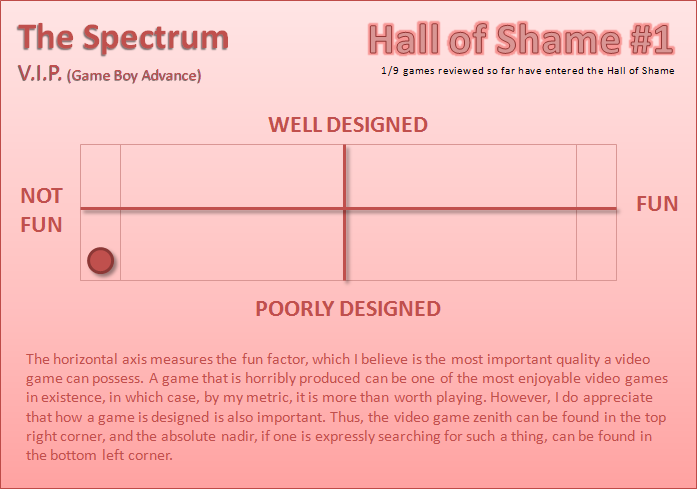

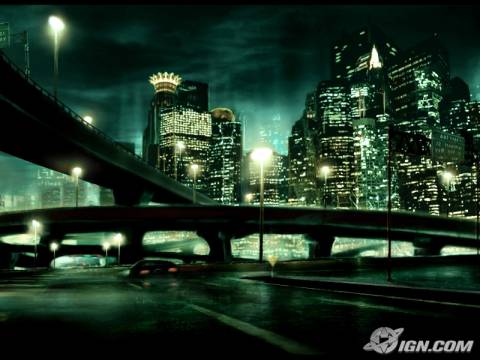

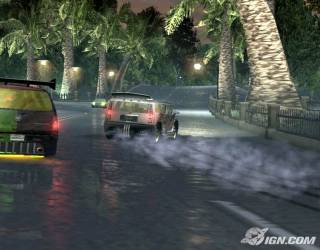
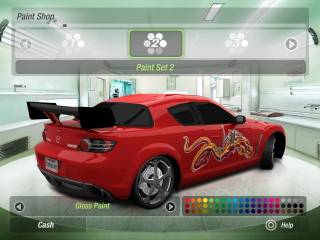
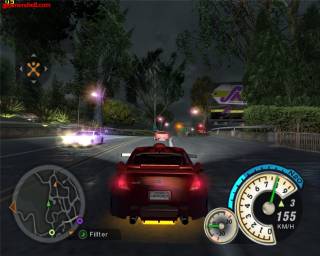
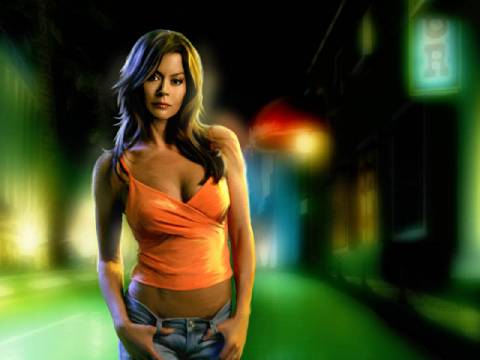

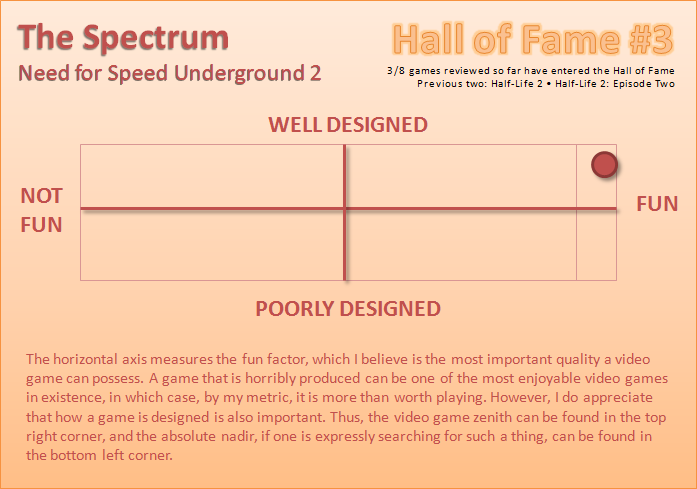
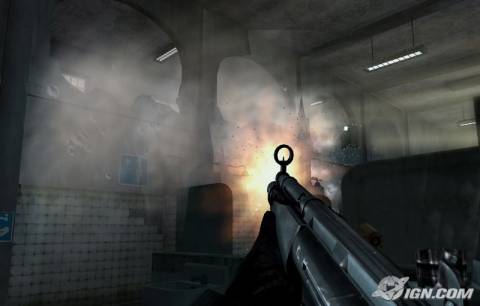
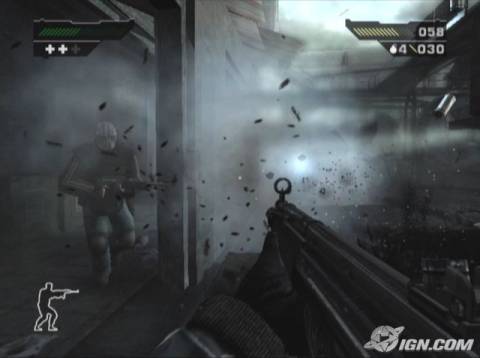


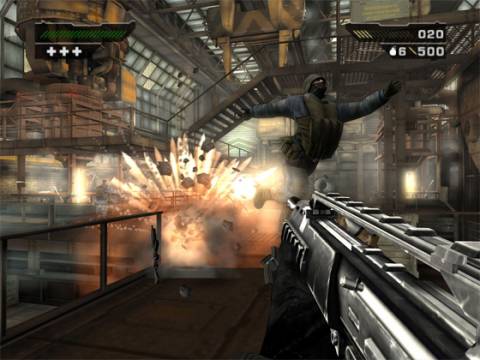
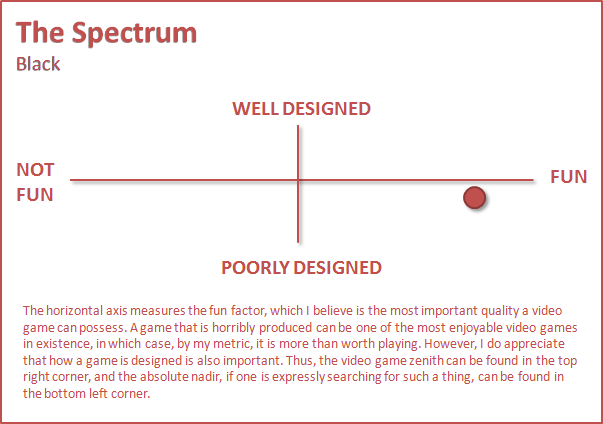
Log in to comment